CSASCS
CSAS Elementary School
Syracuse, NY 13207
CSAS Middle School
Liverpool, NY 13088
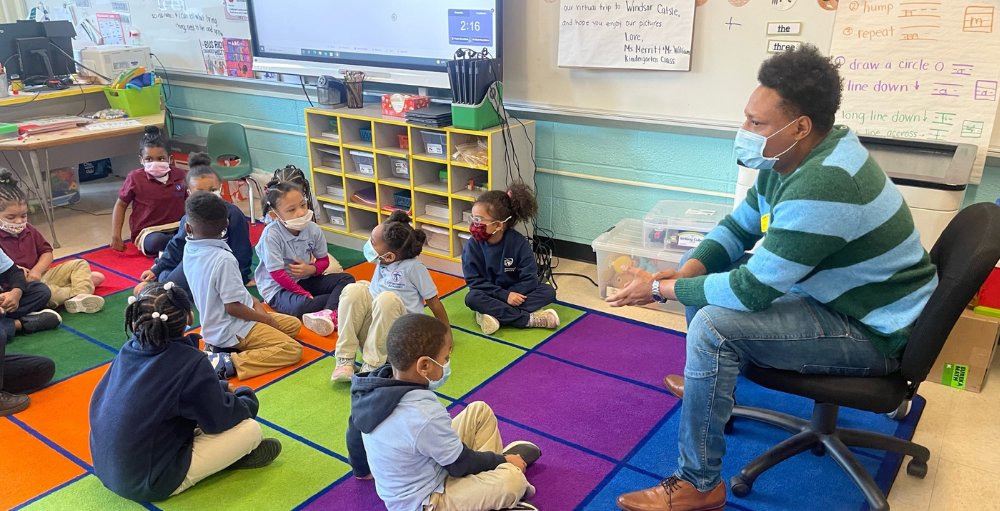
Wednesday, February 16th, 2022—Syracuse Academy of Science and Citizenship elementary school KC Atoms fires it up for our next guest speaker in the 28 Speakers in 28 Days series. Last month, we welcomed Syracuse Fire Department fireman Bernard Bullock who shared his journey on becoming a firefighter.
During his visit, he shared valuable fire safety tips tricks that can help make a difference and save lives. For instance, some tips included how to quickly and safely move away from a fire, properly crawl away from smoke, and not be afraid of firefighters in their uniforms. Bernard showed the students what a firefighter looks like in their fire safety uniform.
In addition to the helpful fire safety tips and tricks, Bernard shared the importance of setting goals in life. When you set goals in life, it allows you to track your progress and see if you have achieved what you set out to accomplish. Being goal-oriented can help you make good choices and a positive outcome for your future.
Thank you, Bernard, for taking time out of your schedule to speak with the Atoms and be a part of Syracuse Academy of Science and Citizenship elementary school's 28 Speakers in 28 Days series.
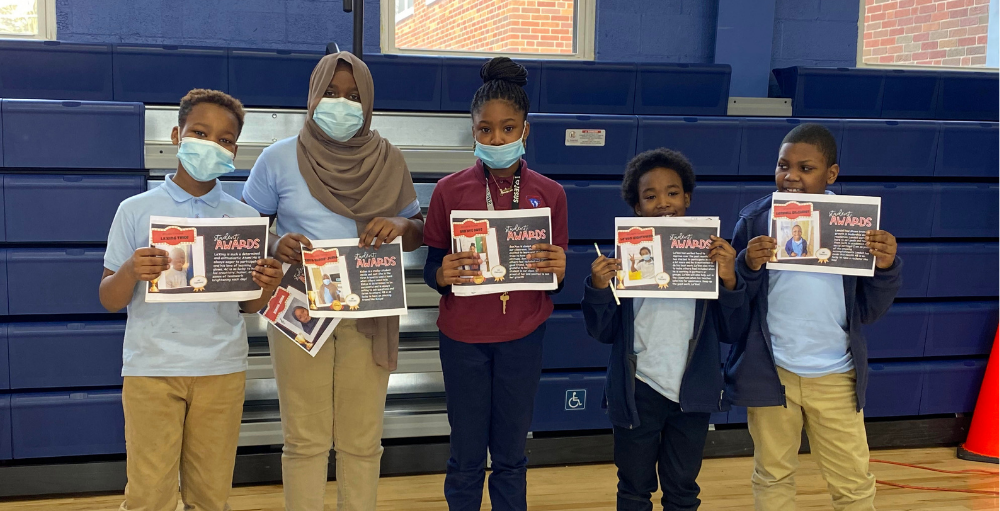
Tuesday, March 8th, 2022—It’s time to celebrate! Syracuse Academy of Science and Citizenship elementary school recognized its February students for outstanding work, leadership, academic achievements, and monthly character traits. February's monthly character traits included: humility, love, and enthusiasm!
We want to congratulate the students selected for February's Students of the Month ceremony! Please click here to visit our Facebook page to view more pictures from the Syracuse Academy of Science and Citizenship elementary school's Student of the Month celebration. Keep up the great work, Atoms.
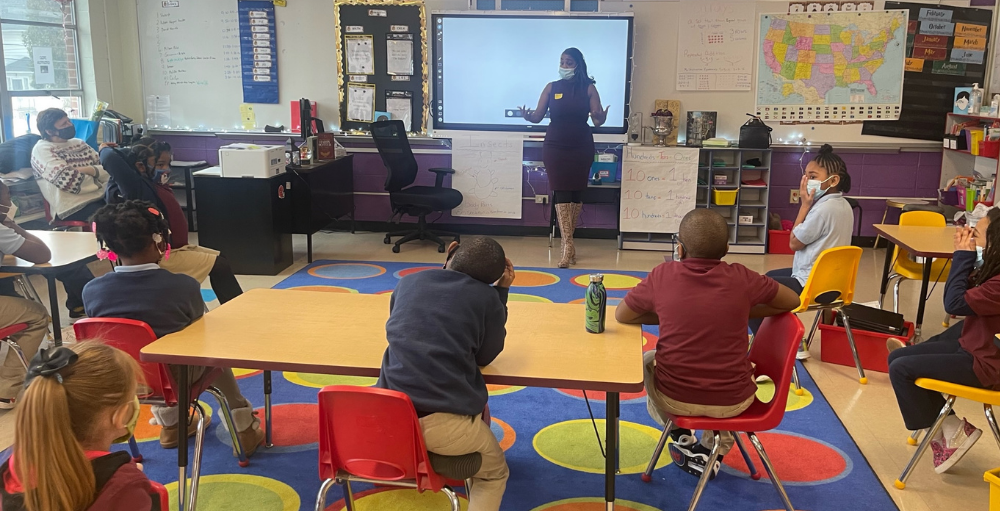
Thursday, February 17th, 2022—Extra, extra read all about it! Syracuse Academy of Science elementary school welcomed CNY Central’s multimedia journalist and member of the National Association of Black Journalists (NABJ), Melanie Johnson to be a guest speaker in its 28 Speakers in 28 Days series.
Melanie, a Howard University alumna spoke with the Atoms who are interested in pursuing a career in broadcast journalism and media. Students were fascinated with the diversity of work and stories Melanie covers, as well as her career as a multimedia journalist. Melanie also shared with the students how she became a member of NABJ, places she’s traveled and some of her hobbies.
‘On the record,’ Melanie has certainly inspired many of our students to continue to pursue a career in broadcast journalism and media. Thank you for taking the time out of your day to speak with the Syracuse Academy of Science and Citizenship elementary school Atoms and for being a part of our 28 Speakers in 28 Days series.
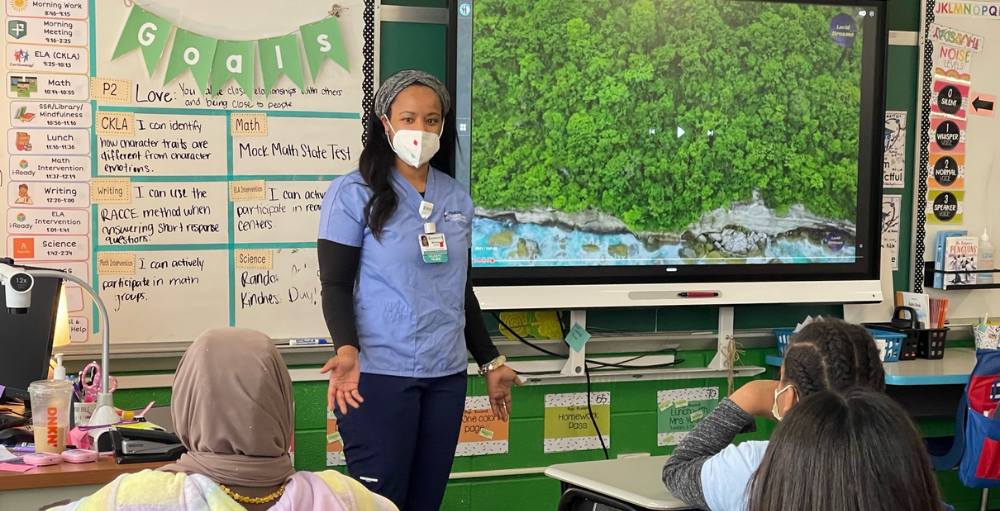
Friday, February 18th, 2022—Syracuse Academy of Science and Citizenship elementary school's 28 Speakers in 28 Days series 'took us to Crouse' as they welcomed Crouse Hospital nursing student Marissa Barnett.
Marissa spoke with the 4th-grade students about her passion, education, and career as a registered nurse. Following completing a bachelor's degree, it takes a nursing student three years to become a licensed registered nurse. Marissa shared various school programs that students could attend if they were passionate about becoming registered nurses.
Thank you, Marissa, for taking time out of your schedule to speak with the Atoms in Syracuse Academy of Science and Citizenship elementary school's 28 Speakers in 28 Days series. Also, thank you for being a frontline worker and a first-responder!
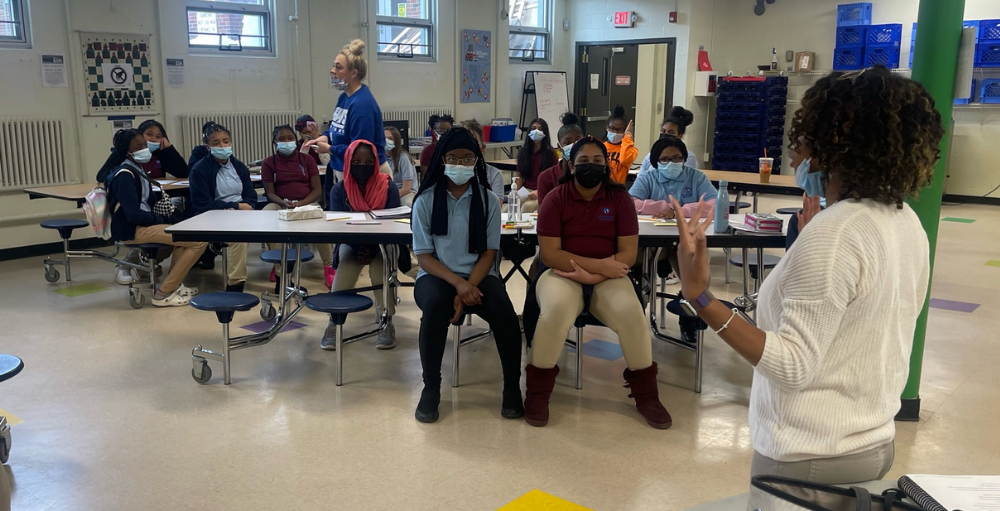
Tuesday, February 15th, 2022—Syracuse Academy of Science and Citizenship elementary school welcomed Syracuse Academy of Science Charter School and Cazenovia College alumna Prenajuah Jefferson as a guest speaker in the 28 Speakers in 28 Days series.
Prenajuah spoke with the 6th-grade girls about the importance of self-care, tips for adolescence/teen years, and her life story.
Thank you, Prenajuah, for taking the time out of your schedule to speak with the Atoms in Syracuse Academy of Science and Citizenship elementary school's 28 Speakers in 28 Days series.
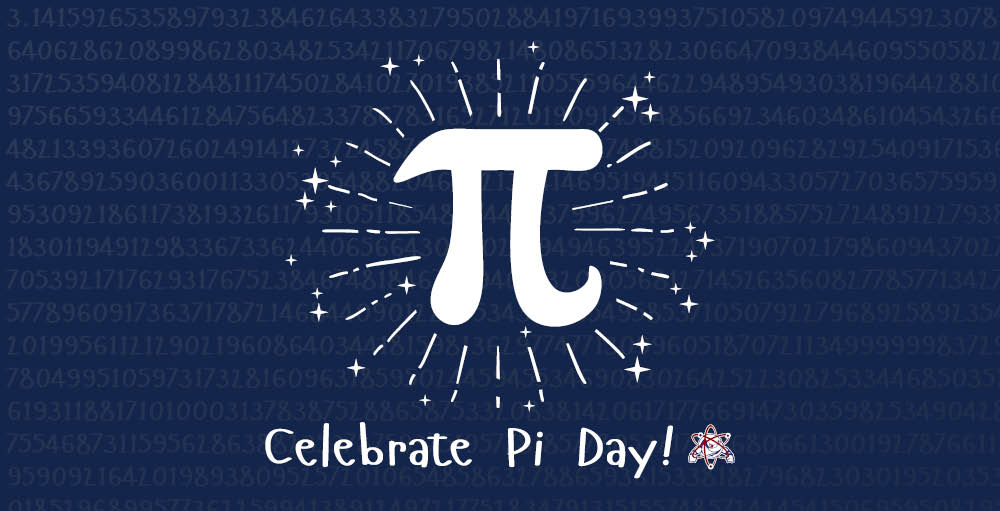
Monday, March 14th, 2022—Do you know what math's favorite holiday is?! Pi Day, of course! Below are some fun facts about Pi Day (3.14).
We hope you have a happy Pi Day Atoms, no matter how you slice it!
Imagine a school that allows for your student to shine. A school that puts the needs of your child first. A school that prides itself in a STEAM-focus and college preparation curriculum preparing students for success beyond the classroom. A school that is inclusive, diverse, and creates a positive and supportive learning environment that allows all children to reach their full potential and thrive. This place is the Science Academies of New York (SANY) Charter Schools.
At SANY, we believe in our motto, ‘Many Atoms, One Family’, and we create positive and supportive cultures and environments through the actions of students, teachers, faculty, and staff. Active words of encouragement, Glocal Education, student-centered, and philanthropic activities build our inclusive community.
Experience how we build success, One Atom at a time at any of our four tuition-free charter school families. The Science Academies of New York Charter Schools is accepting applications for the 2022 - 2023 school year. Below is the list of schools and the grades that are accepting applications.
Please click here to complete the student applications for the 2022 - 2023 school year.
All applications are due by Friday, April 1st, 2022.
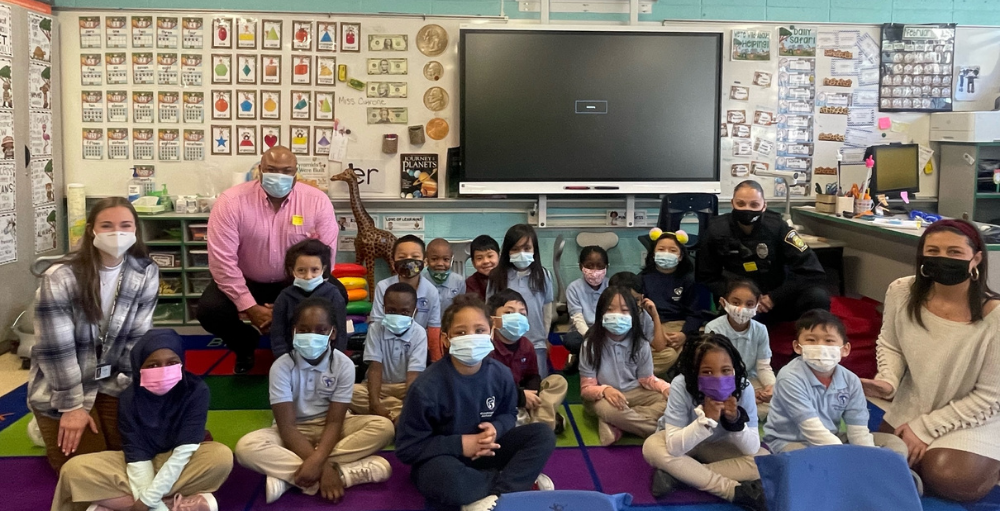
Monday, February 28th, 2022—As part of the 28 Speakers in 28 Days series, the Syracuse Academy of Science and Citizenship students in 1C received a special guest speaker, Officer Jackson from the Syracuse Police Department.
During her visit, Officer Jackson led a group discussion with the students that covered important topics such as what a police officer does, what type of situations police respond to, and much more. Officer Jackson even showed the students some of the tools she wears to work, including a vest, camera, radio, gloves, and flashlight. She also explained that her words are the most important tool that she uses! Much like the students, police officers use their words to talk through problems or help people. In addition to the neat tools and gadgets, Officer Jackson shared an incredible insight that police officers do their work from their patrol car which is equipped with a computer and printer.
Thank you, Officer Jackson, for taking the time out of your busy schedule to spend time with the Atoms and share information and insight into your daily duties and responsibilities as a Syracuse Police Officer. Also, thank you for being a first responder!
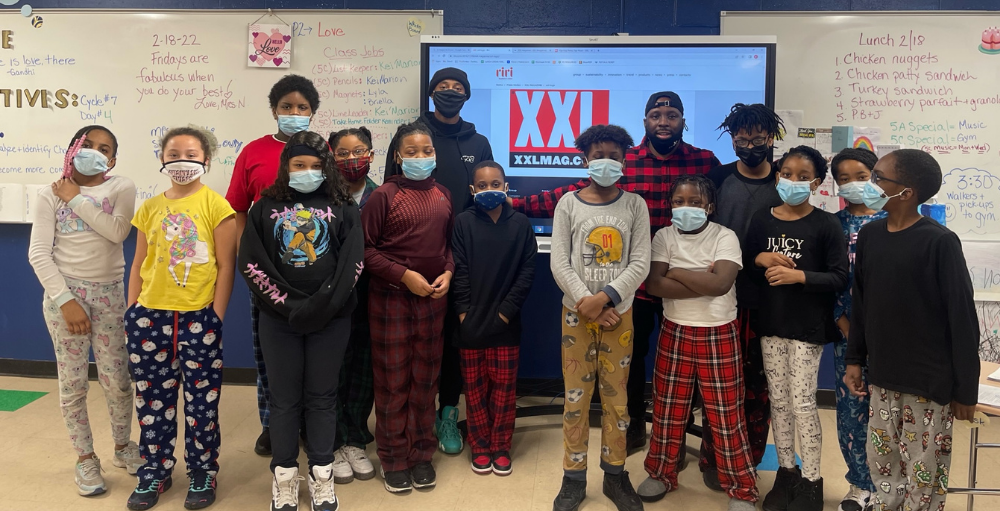
Friday, February 18th, 2022—Syracuse Academy of Science and Citizenship elementary school's 28 Speakers in 28 Days series continues with Syracuse Academy of Science Charter School alumnus Kemet High, who shares with the students his journalism career with XXL Magazine.
Those not familiar with XXL Magazine are the leading voice in hip-hop since 1997 and share the latest news about hip-hop music and news.
Kemet spoke with the Atoms about how he started in the journalism industry and has worked his way up to becoming a music journalist for a mainstream magazine company! Working for a mainstream magazine company does come with great perks, such as interviews with the latest up-and-coming hip-hop artists and learning the latest about hip-hop music and entertainment.
Thank you, Kemet, for taking the time out of your schedule to come and visit and speak with the Syracuse Academy of Science and Citizenship elementary school students for their 28 Speakers in 28 Days series.
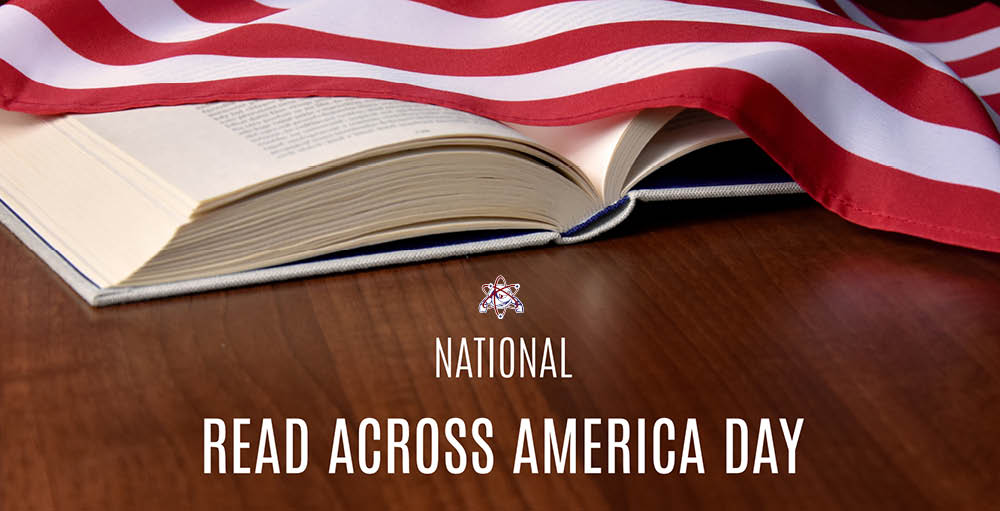
Tuesday, March 2nd, 2022—In honor of National Read Across America Day, we encourage all of our Atoms and their families to find time today (this week or month) to read a good book. Below are some fun facts about reading that may surprise you.
Dr. Seuss said it the best, "The more that you read, the more things you'll know. The more that you learn, the more places you'll go!"
We hope everyone can find time to pick up a book and celebrate National Read Across America Day.
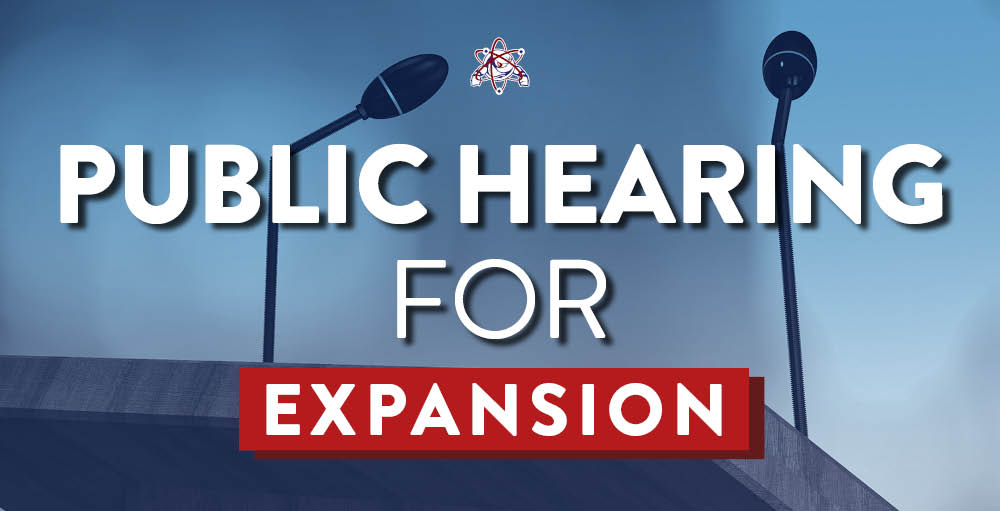
Wednesday, February 23rd, 2022—A Public Hearing meeting was held on Wednesday, February 23rd to discuss the Syracuse Academy of Science and Citizenship expansion. During the meeting, attendees discussed the approval of the City of Syracuse moving the school to a building that is leased in the Liverpool Central School District.
We invite you to please click here to learn more.